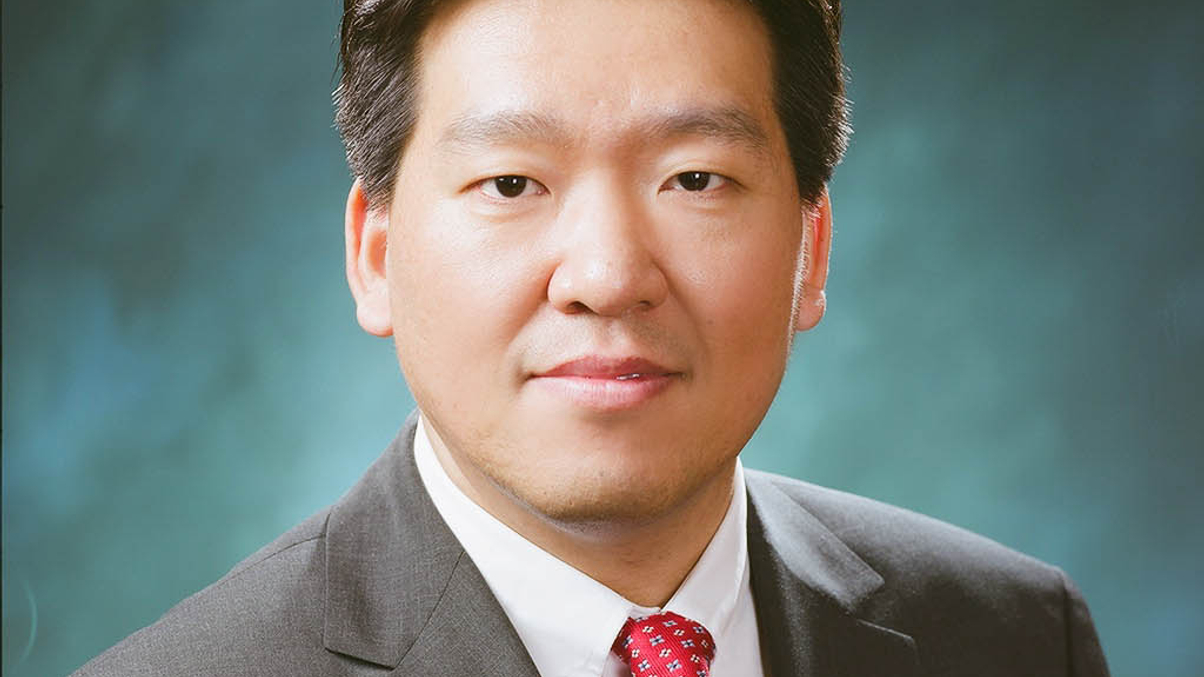Alternative investments in the 'new normal': Part I
In a letter to AsianInvestor, the chief performance officer of Korea Post, Jurng Chuljoong, outlines where he sees investment opportunities in real assets.

Korea Post’s chief performance officer is Jurng Chuljoong. In a letter to AsianInvestor, he details his views on alternatives and where he sees investment opportunities. These are his personal views and do not necessarily reflect those of Korea Post.
Sign In to Your Account
Access Exclusive AsianInvestor Content!
Please sign in to your subscription to unlock full access to our premium AI resources.
Free Registration & 7-Day Trial
Register now to enjoy a 7-day free trial—no registration fees required. Click the link to get started.
Note: This free trial is a one-time offer.
¬ Haymarket Media Limited. All rights reserved.


